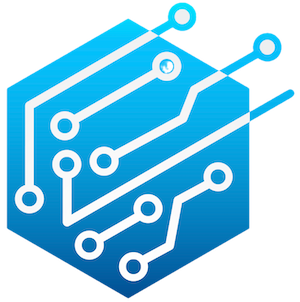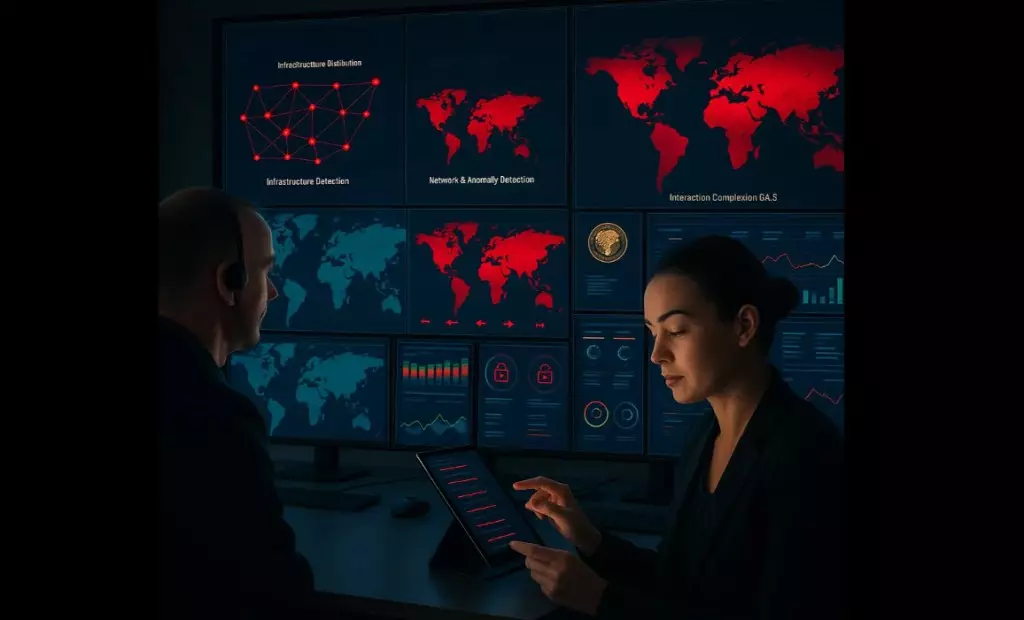In a world increasingly marked by digital threats, the recent takedown of DanaBot serves not only as a stark reminder of the persistent dangers posed by cybercriminals but also as a crucial turning point in the battle for cybersecurity supremacy. DanaBot, a sophisticated ransomware platform that wreaked havoc by infecting over 300,000 systems and costing victims an estimated $50 million, exemplifies the growing complexity of cybercrime. With an alarming capability to maintain around 150 active command-and-control (C2) servers daily, and to infiltrate approximately 1,000 victims across 40+ countries, the sheer scale of its operations underscores the urgent need for state-of-the-art cybersecurity measures.
DanaBot first emerged in 2018, initially as a banking trojan before rapidly evolving into a multi-faceted cyber toolkit that facilitated not just financial fraud but also serious attacks on critical infrastructure. Its significant involvement in operations linked to Russian state-sponsored espionage displays a chilling convergence of financial crime and geopolitical motives. This blurring of lines raises pressing questions about the effectiveness of current cybersecurity strategies.
Anatomy of a Takedown: Leveraging Agentic AI
The takedown of DanaBot was no ordinary achievement; it marked the first major success for agentic AI in the realm of cybersecurity. Moving beyond archaic, static defenses, which are easily outmaneuvered by adaptive threats, the deployment of agentic AI represented a monumental leap forward. Unlike traditional systems bogged down by manual analysis fraught with errors and alert fatigue, agentic AI allows for real-time telemetry correlation, predictive threat modeling, and anomaly detection without human intervention. This shift not only enhances efficiency but also empowers Security Operations Centers (SOCs) to prioritize critical threats more effectively.
In dismantling DanaBot, various cybersecurity firms showcased the symbiotic relationship between machine learning and cybersecurity. With its intricate architecture of shifting layers of bots, loading systems, and C2 servers, DanaBot exemplified the sophistication of adversarial AI, enabling it to evade detection. By employing agentic AI, cybersecurity teams could reduce months of investigation into a matter of weeks, drastically altering the landscape in which adversaries operated.
A Paradigm Shift: From Reactive to Proactive Cyber Defense
The DanaBot case exemplifies a broader, transformative shift within cybersecurity—from reactive alert-chasing to proactive, intelligence-driven execution. Cybercriminals are increasingly deploying automated strategies that outpace traditional defenses, rendering them obsolete within moments of an attack’s initiation. As George Kurtz of CrowdStrike emphasized, the speed of today’s cyberattacks is unrelenting, necessitating swift, decisive responses. Agentic AI presents a viable solution to meet this escalating challenge by enabling SOC teams to analyze large volumes of data almost instantaneously.
As organizations realize the magnitude of agentic AI’s capabilities, the paradigm shifts toward operational frameworks anchored in metrics and measurable outcomes. High-functioning SOCs are implementing agentic AI incrementally, focusing on repetitive tasks such as phishing triage and malware analysis. This targeted approach facilitates immediate returns on investment, allowing analysts to dedicate their expertise to more complex cyber threats.
The Future Landscape: Building Resiliency Through Governance and Metrics
As agentic AI becomes central to cybersecurity operations, establishing a framework of governance is vital. Clear rules for engagement, defined escalation paths, and comprehensive audit trails are essential in creating an environment where these autonomous systems can operate effectively and ethically. The call for human oversight should be seen as a guiding principle rather than an escape route; rather than viewing human decision-making as a backup, it should be integrated into the control plane of cybersecurity frameworks.
Moreover, organizations must align the results from agentic AI with key performance indicators (KPIs) that extend beyond the confines of the SOC. Metrics such as reduced false positives and faster mean time to resolution (MTTR) will not only improve operational efficiency but also resonate with broader business objectives.
Gartner’s projections indicating a potential productivity boost of around 40% for SOCs harnessing AI by 2026 fortify the argument that the future of cybersecurity is undoubtedly intertwined with intelligent technology. Companies must adapt and embrace these advancements to create resilient defenses capable of withstanding attacks executed at machine speed.
Embracing the Future: The Necessity of Adaptation
The unfolding story of DanaBot is emblematic of the ongoing cyber warfare between malicious actors and cybersecurity defenders. This tale provides a clear call to action: the urgency for all organizations—regardless of size or industry—to invest in advanced cybersecurity measures. As agentic AI becomes integral to future defense strategies, embracing intelligent automation will be crucial. This proactive stance not only fortifies the frontline against imminent threats but also ensures organizations are poised to adapt swiftly to the ever-evolving landscape of cybercrime.
With the stakes higher than ever, the question remains: will your organization be prepared to join this technological arms race, or will it fall prey to the next wave of cyber villains?


Leave a Reply